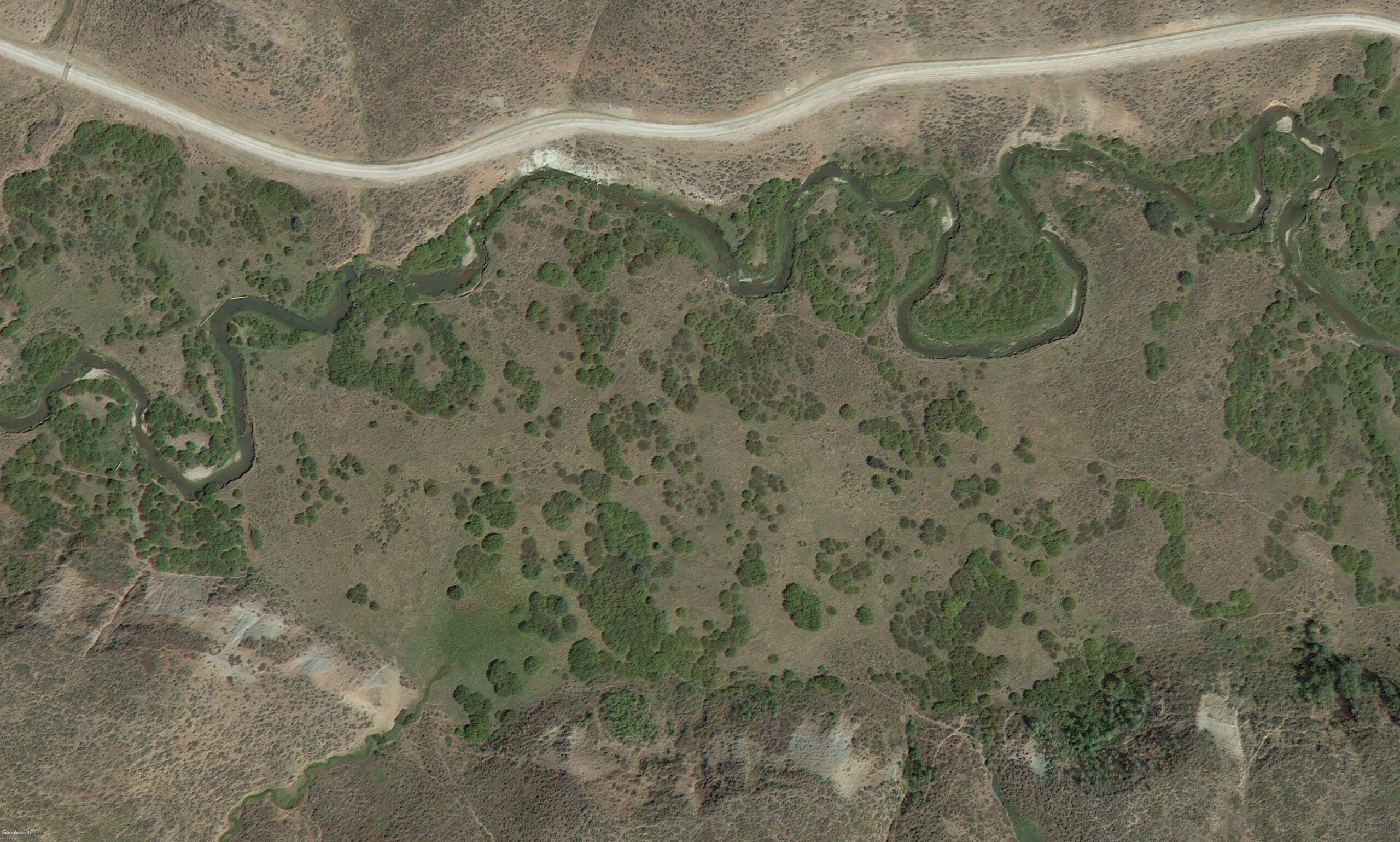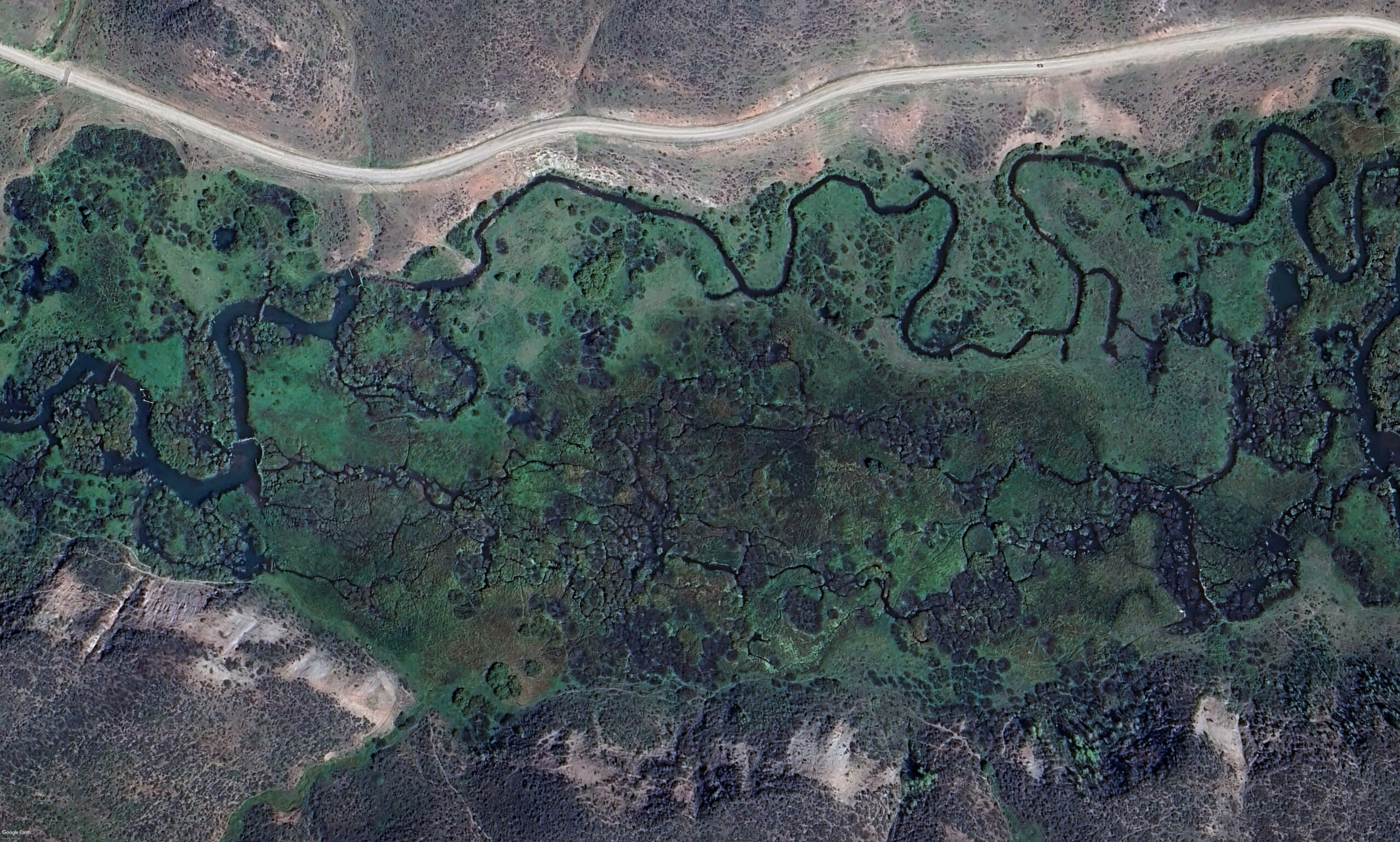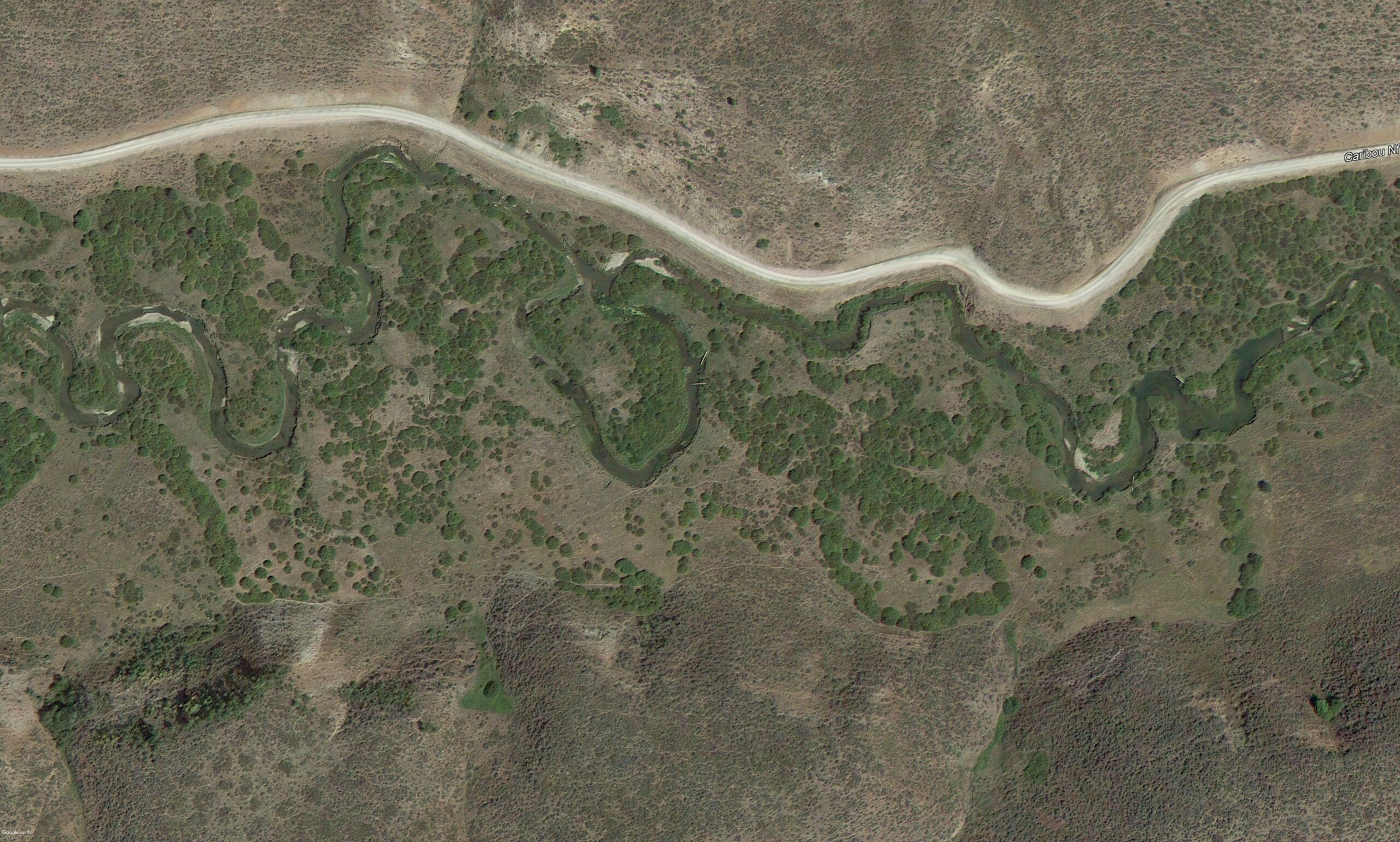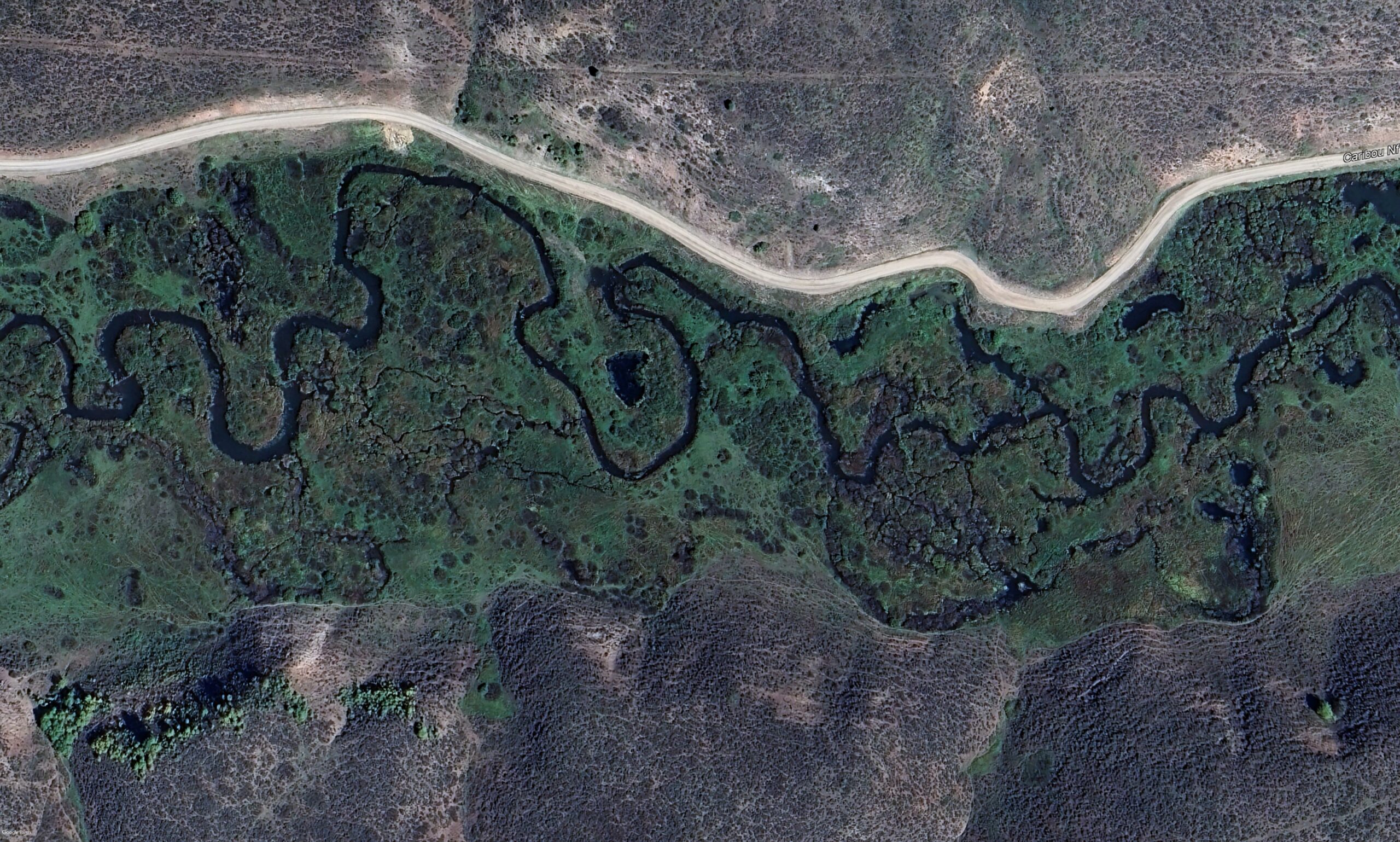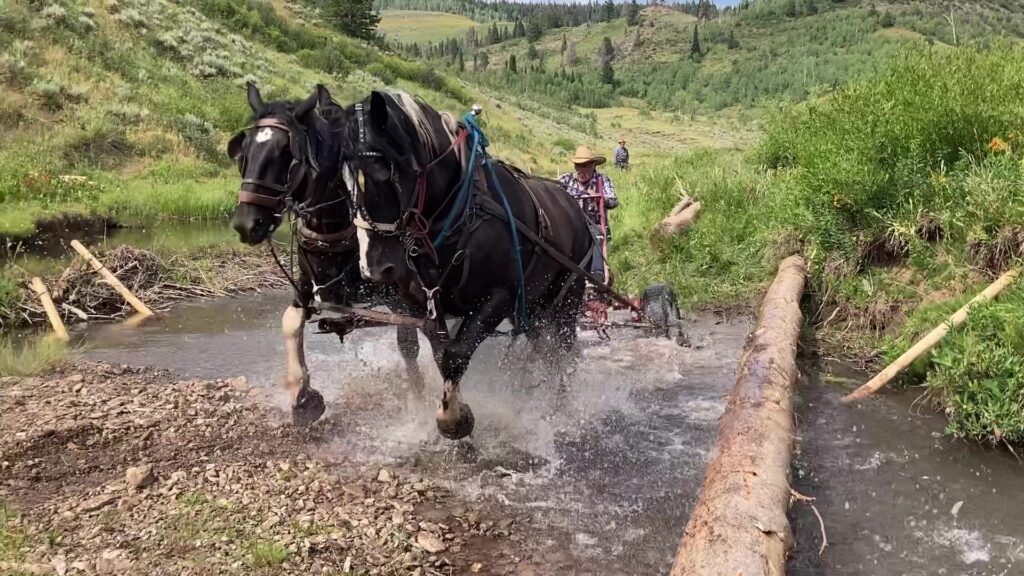
The Tincup Creek stream restoration projects worked to improve riparian conditions and habitat for Yellowstone cutthroat trout, northern leatherside chub, boreal toad, western pearl shell mussels and bluehead suckers. These are all native species with special management emphasis. Because of the assemblage of these native species, and the degraded yet recoverable nature of this system, Trout Unlimited (TU) and the Caribou-Targhee National Forest (CTNF) chose to focus their efforts here. Two separate project areas were completed, one in three phases along Tincup Road and one on North Fork Tincup Creek in the roadless area.
Mainstem Tincup Creek
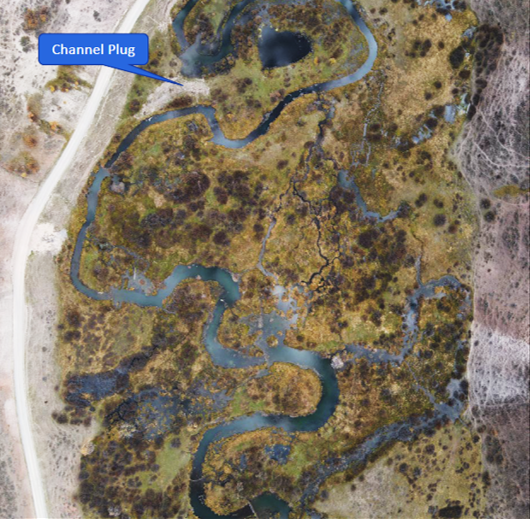
The primary cause for the degraded state of the stream was linked to aerial spraying of willows in 1956, which precipitated the subsequent unraveling of the stream system. Five miles of stream habitat were restored in the work along Tincup Road. Phase 1 of the project was completed in 2017, Phase 2 and 3A were completed in 2019, and Phase 3B was completed in 2020.
Stream restoration focused on elevating and narrowing the stream channel to reconnect it to the floodplain, and activating historic meanders to increase channel length and reduce erosive force.
The impacts of restoration can be seen in the sliders above and below. Raising the streambed elevation and narrowing the channel has spread flood flows and raised the water table across the full valley floor. Visible results of this include a dramatic increase in vegetative productivity and diverse flow paths on the floodplain.
Additional Resources:
National Fish Habitat Partnership
North Fork Tincup Creek
The North Fork of Tincup Creek is overwidened and downcut, with two to four foot vertical, eroding banks. Poor instream habitat has resulted in low fish densities and it is listed as sediment impaired by Idaho DEQ. The stream is in a roadless area, so project partners opted to use a low-tech, process based restoration approach. This approach uses structures built from natural materials to mimic natural stream processes.
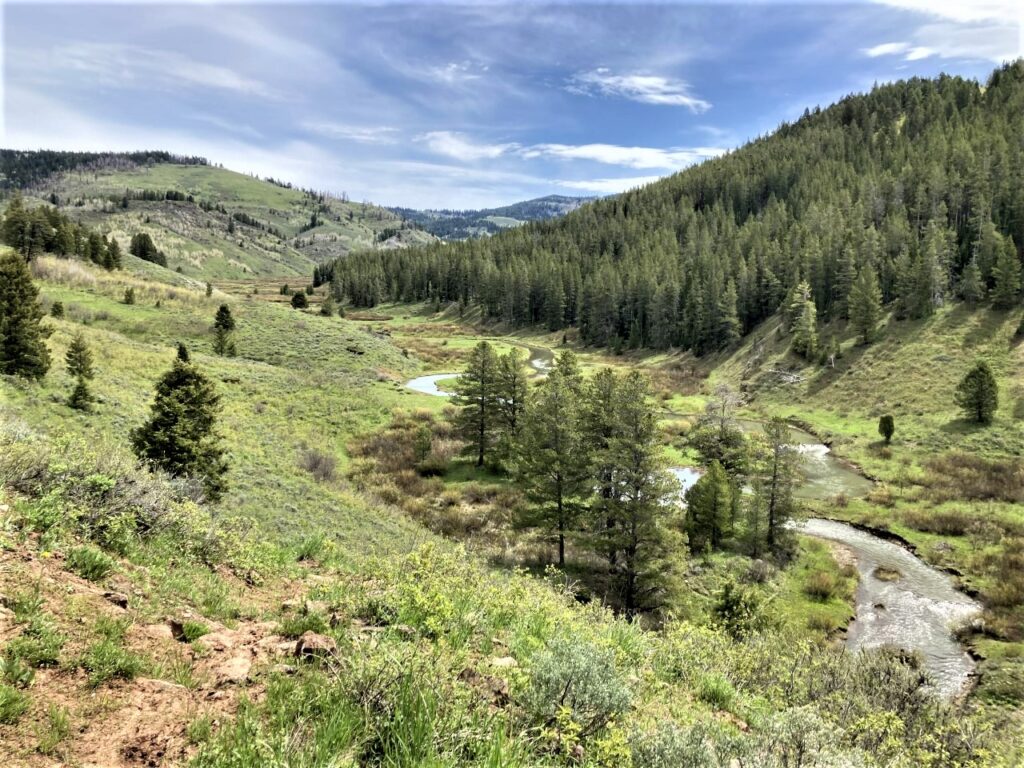
In Phase I, over 400 large trees were cut in the project area. These trees were then pulled and positioned by teams of draft horses. Lee Mabey, Forest Fisheries Biologist for the Caribou-Targhee National Forest, designed the structures and oversaw the placement of each log. Phase II is scheduled for summer 2024.
Additional Resources:

